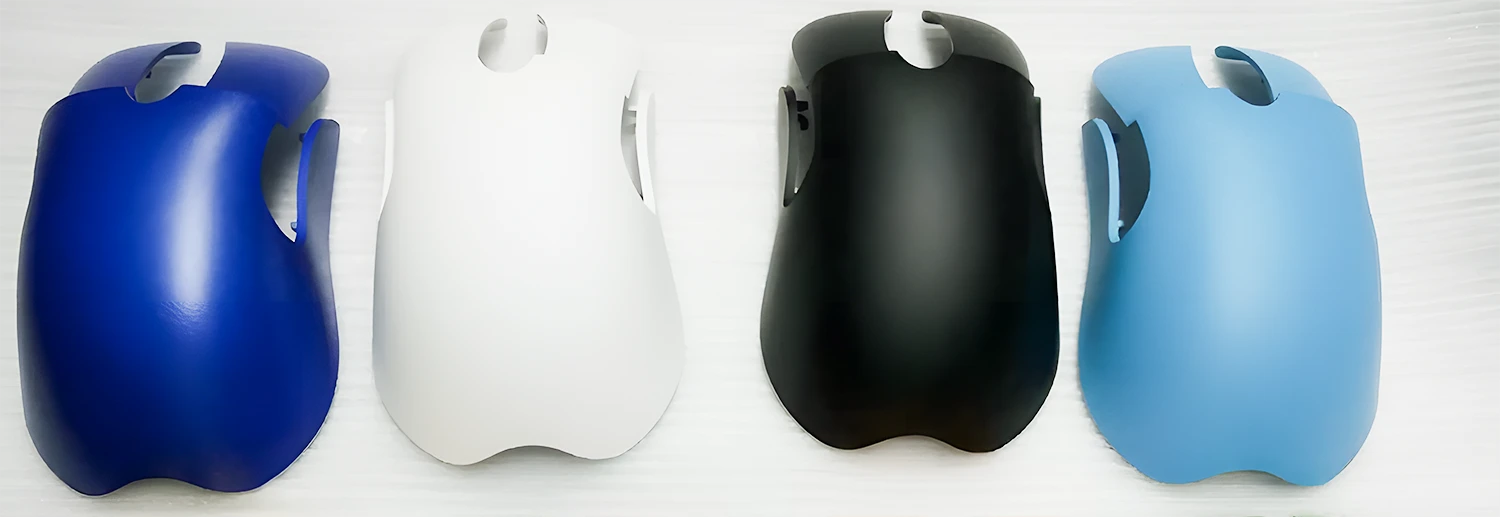What's Spraying?
Spraying is a widely adopted surface treatment process in precision manufacturing, utilizing spray guns or disc atomizers to break coatings into fine, uniform droplets via pressure or centrifugal force. These droplets are evenly applied to the workpiece surface, ensuring consistent coverage and finish. Suitable for a variety of substrates, including metals and plastics, the spraying process encompasses several specialized methods tailored to meet specific application requirements.

Introduction to inkjet printing process
Conventional Air Atomized Spraying:
Uses compressed air to atomize liquid coatings into fine droplets, making it ideal for general-purpose applications.Airless Spraying:
Employs high pressure to force coatings through a small orifice, generating a fine mist without compressed air—suitable for thicker coatings and rapid application.High Volume Low Pressure (HVLP) Spraying:
Delivers a high volume of air at low pressure to reduce overspray and achieve excellent transfer efficiency, perfect for smooth, high-quality finishes.Electrostatic Spraying:
Charges the coating particles electrically, enhancing their adhesion to the target surface and ensuring uniform, efficient coverage with minimal waste.Disc Atomization Spraying:
Utilizes a rapidly rotating disc to disperse the coating into uniform droplets, offering controlled and consistent finishes on various substrates.
Spraying example






Reference for Inspection Standards of Spray-coated Parts
| Test Item | Inspection Standard |
|---|---|
| Appearance |
1. Color must match the color card and be glossy (within sample limits). 2. No scratches or fingerprints. 3. No uneven color, dirt, particles, or uneven spraying. 4. No rust. 5. Cut edges must not have sharp burns or edges. |
| Salt Spray Test |
1. No bubbles or rust should occur. 2. 5% saltwater at 35°C, continuous spray time as per customer requirements. |
| Coating Hardness | Pencil hardness should be above H, with no damage or scratches on the paint surface. Sharpen the pencil tip to a right angle and, applying a force of 1KG, draw an 8CM straight line on the paint surface at a 45-degree angle. |
| Cross-cut Test | No more than 5% paint should peel off the tested surface. |
| Paint Compliance | The paint used must be accompanied by a corresponding report and comply with ROHS regulations. |

